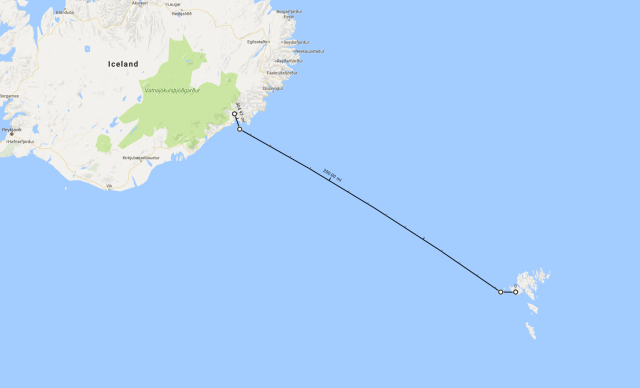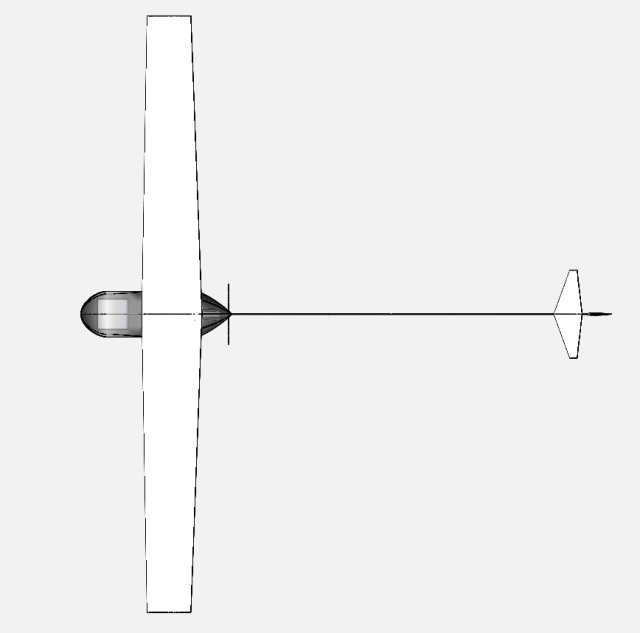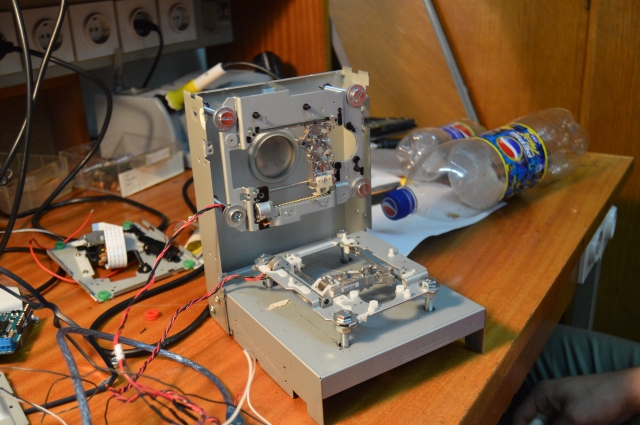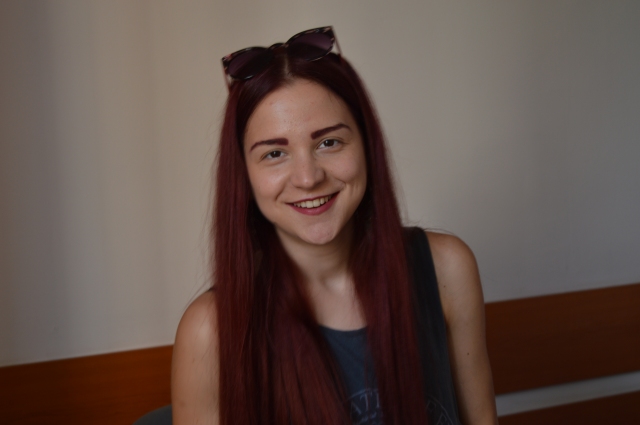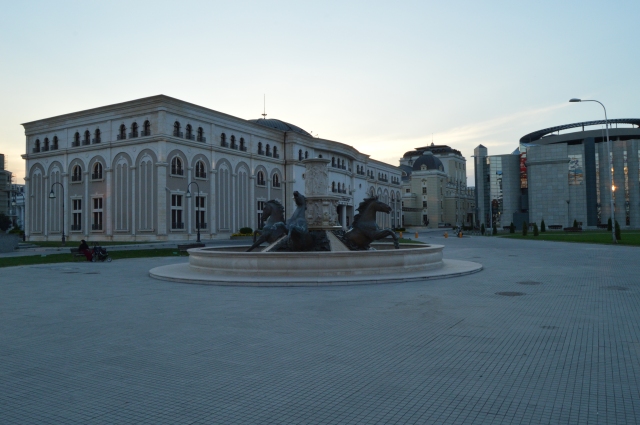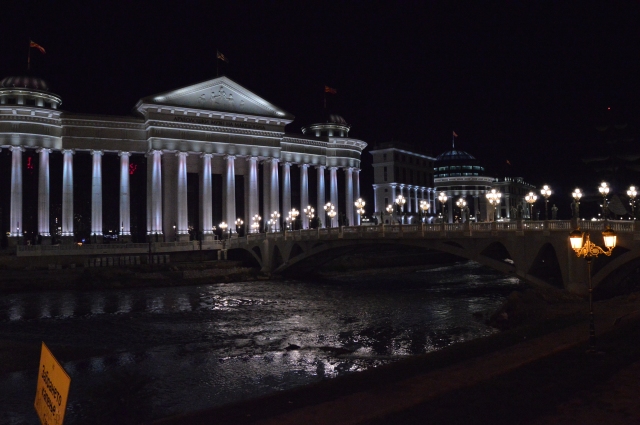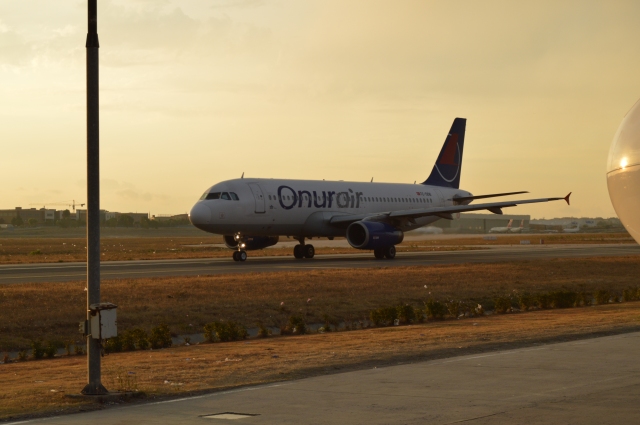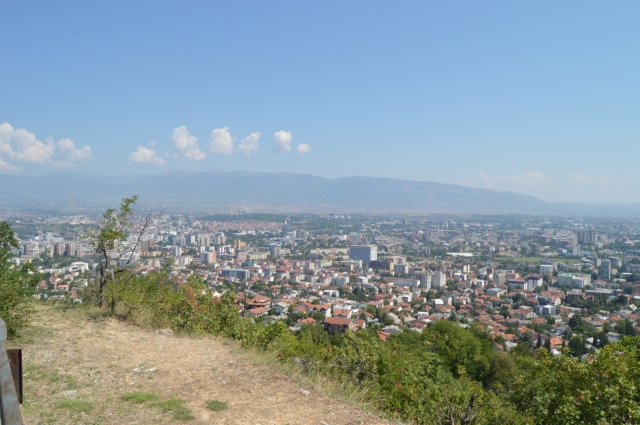There are many books that describe how something works, and a lot of others that show the history of something being built. But there aren’t many that are written by the people who engineered some large project such as a boat, ship or plane and show the nitty-gritty decisions and little details that they worked out to make it work. These kinds of engineering story books are my favorite, because they provide inspiration, both as a biography, and for design ideas.
The Fullness Of Wings – Gary Dorsey
If you spend any time around MIT’s Aero/Astro department you quickly hear about the Daedalus project, and Mark Drela, a legendary aerodynamicist and aircraft designer. The Daedalus project was a human powered aircraft that flew from Iraklion on the island of Crete to the island of Santorini (a distance of 72.4 miles). There are bits and pieces of various human powered aircraft lying around the department, but if you want to hear the really interesting story of the MIT Daedalus project, you really have to read Gary Dorsey’s excellent history on it. There are lots of details about spar and propeller designs, testing failures and project management issues. The last two aircraft in the program, weighed only 69 lb, or 31 kg empty. That’s almost light enough to qualify as a UAV!
You can find the book on Amazon here.
The BD-5 Story – James R. Bede
The BD-5 is one of the greatest “what-if” stories in the history of aviation. A bold aircraft designer, Jim Bede, who has sadly passed away, came up with a lightweight single-seater aircraft that could be built at home. It was an exciting project for the time, and many prominent people worked on it, including Burt Rutan. The book includes many notes on landing gear design, managing customers and business for kit-planes and engine selection as well as a lot of conceptual drawings and development photos.
You can find the book on the Bede website here.
How to Build a Car – Adrian Newey
Adrian Newey is a legend in the car racing world, and rightly so, as he has won ten constructor’s championships, more than any other designer in F-1. He was one of the first to bring hardcore aerodynamics to car racing, with great success, and his autobiography, How to Build a Car, details both the human and technical side of his racing career. He talks about all sorts of little aerodynamic details on the cars, such as how the engine exhaust works with the diffuser to make more downforce. He also talks a lot about the human side, travelling all around the world working on an F-1 team, relationships and balance, managing engineers and so on. One interesting thing about Newey is that he still insists that he sketches stuff by hand on a drawing board, which is great, because the book is full of awesome drawings.
You can find the book here.


